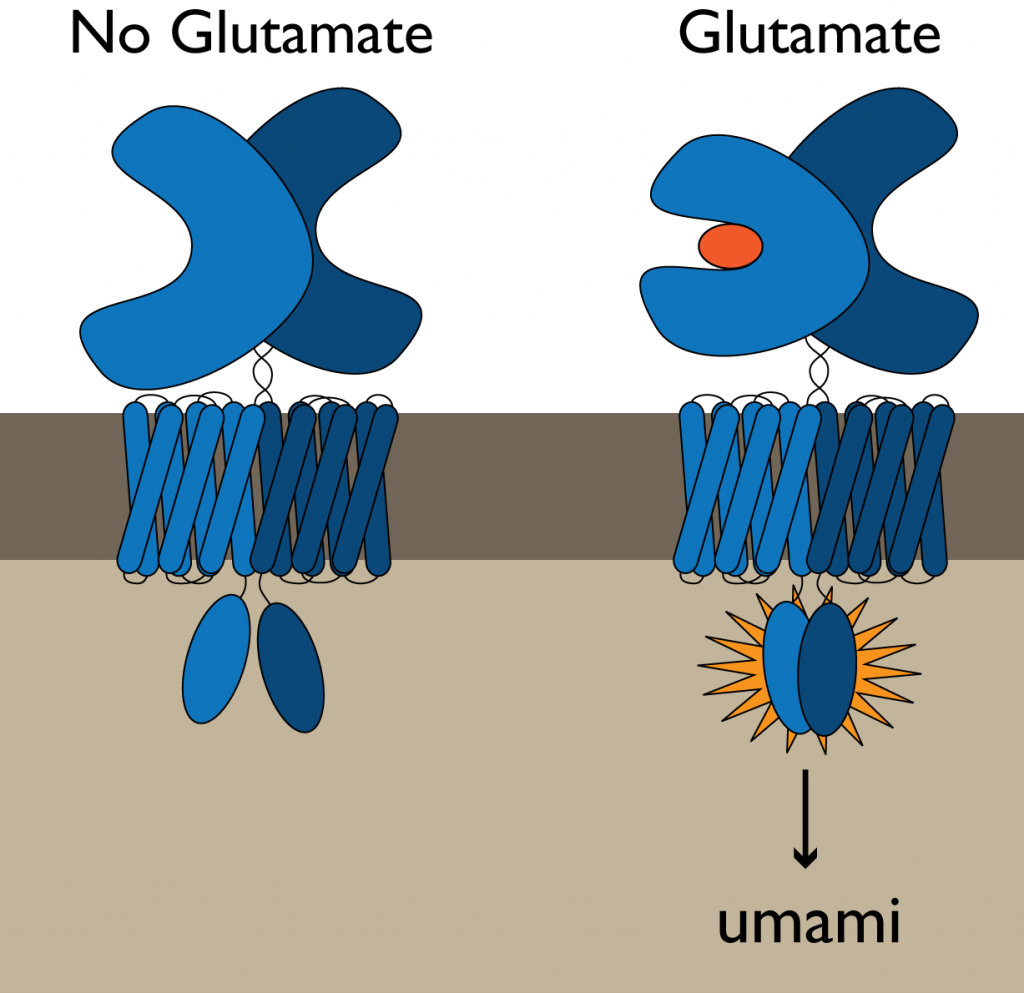What do we taste? Ah, those are amino acids!
Amino acids, peptides, and proteins have many important biological functions. Research focused the past decades on the physiological role of these compounds. Recently, aspects such as taste and flavor have become of interest. One of the five basic tastes is umami. People taste umami through taste receptors that typically respond to glutamates (glutamatic acid).
Umani
Umami or savoriness is one of the five basic tastes. It has been described as savory and is characteristic of broths and cooked meats.
People taste umami through taste receptors that typically respond to glutamates, which are widely present in meat broths and fermented products and commonly added to some foods in the form of monosodium glutamate (MSG) or related substances. Since umami has its own receptors rather than arising out of a combination of the traditionally recognized taste receptors, scientists now consider umami to be a distinct taste.

Glutamic acid
In the body, glutamic acid is often found as glutamate, a different compound that has one less hydrogen atom. Glutamate is one of the most abundant excitatory neurotransmitters in brain, playing a crucial role in memory and learning. The FDA estimates that the average adult consumes 13 grams of it a day from the protein in food. Non-meat food sources like tomatoes and Parmesan cheese have high levels of glutamic acid.